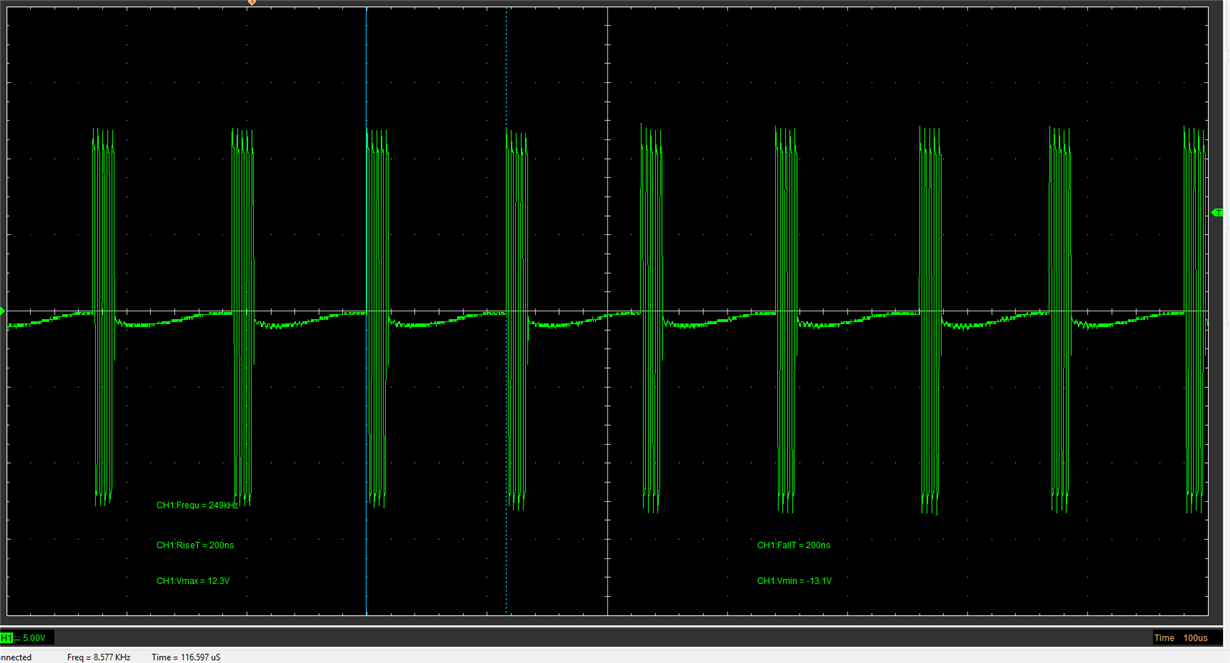Hi Team,
My customer is evaluating UCC28950 and concerns about the following issue.
He confirmed audible noise when current limit is activated(overload condition).
I heard it is occured when UCC28950 is operating exceed maximum duty cycle(the condition of lower input voltage ).
Is it possible case(function) for UCC28950?
If the answer is yes, could you tell me the workaround about the issue?
Best Regards,
Yaita / Japan disty


